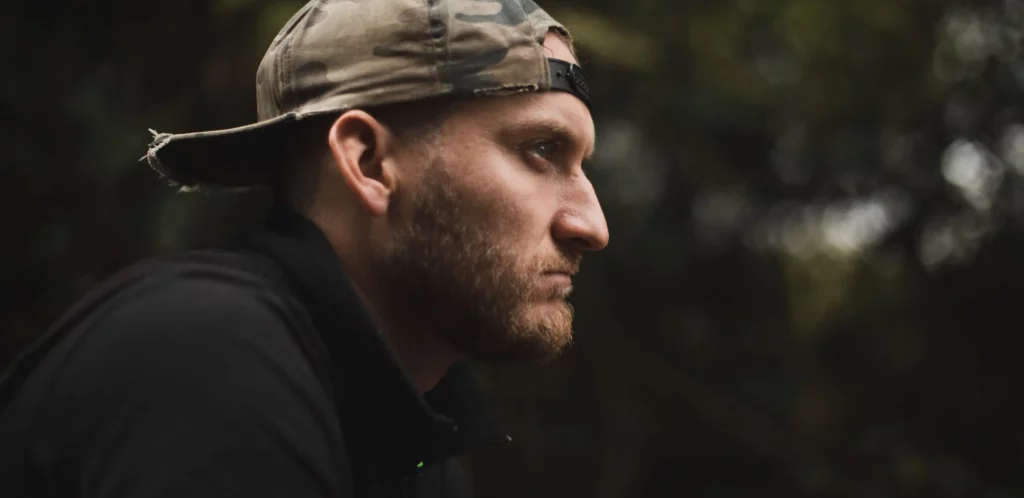Guide to Mastering Carp Location Strategies
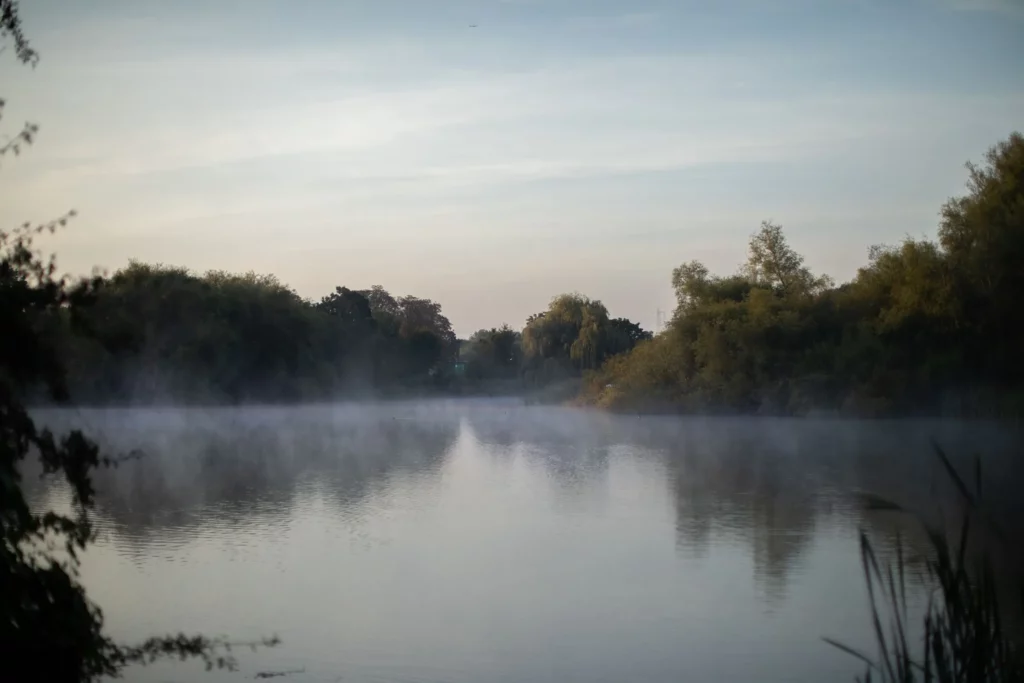 In my journey through carp fishing, one undeniable truth has surfaced – location is the linchpin of a successful catch. It’s the heartbeat of the entire game; nothing else matters unless you’re right on top of the carp. Let’s dive into the essentials of locating carp (Guide to Mastering Carp Location Strategies), as I break down the key points from my perspective.
In my journey through carp fishing, one undeniable truth has surfaced – location is the linchpin of a successful catch. It’s the heartbeat of the entire game; nothing else matters unless you’re right on top of the carp. Let’s dive into the essentials of locating carp (Guide to Mastering Carp Location Strategies), as I break down the key points from my perspective.
The notion that “this is the most important part of my fishing” has been tossed around in various fishing aspects, from hook patterns to bait choices. But let’s face it, location takes the crown. Without being where the carp are, the story ends before it begins. I jest about conjuring up ways to catch carp without a hook, perhaps resorting to a lasso or a net, but the reality is, without carp present, the struggle is real.
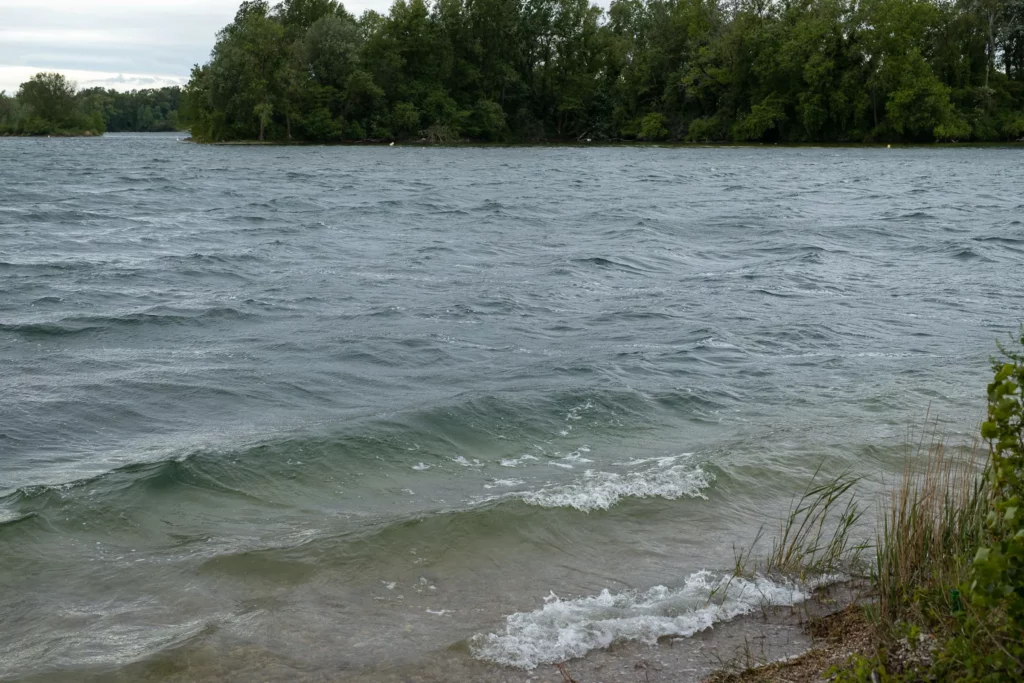 Explaining precisely where an angler should position themselves on each fishing trip is akin to navigating a labyrinth. There are countless factors that can shift fish locations. However, amidst this complexity, a few simple rules stand firm, serving as reliable guides throughout the fishing seasons.
Explaining precisely where an angler should position themselves on each fishing trip is akin to navigating a labyrinth. There are countless factors that can shift fish locations. However, amidst this complexity, a few simple rules stand firm, serving as reliable guides throughout the fishing seasons.
In the ever-changing scenarios on the bank, I advocate for allocating a significant portion of mental bandwidth to observing the location and movement of the fish—80%, to be precise. It’s not about complicating things; it’s about understanding that different situations arise on every fishing outing. Yet, when you’re out there, the location and movement of the fish should dominate your thoughts, both in the moment and as a lesson for the next trip. Spend time before setting up to ensure you’re in the right swim.
I can’t stress enough the importance of watching the water, especially at dawn.
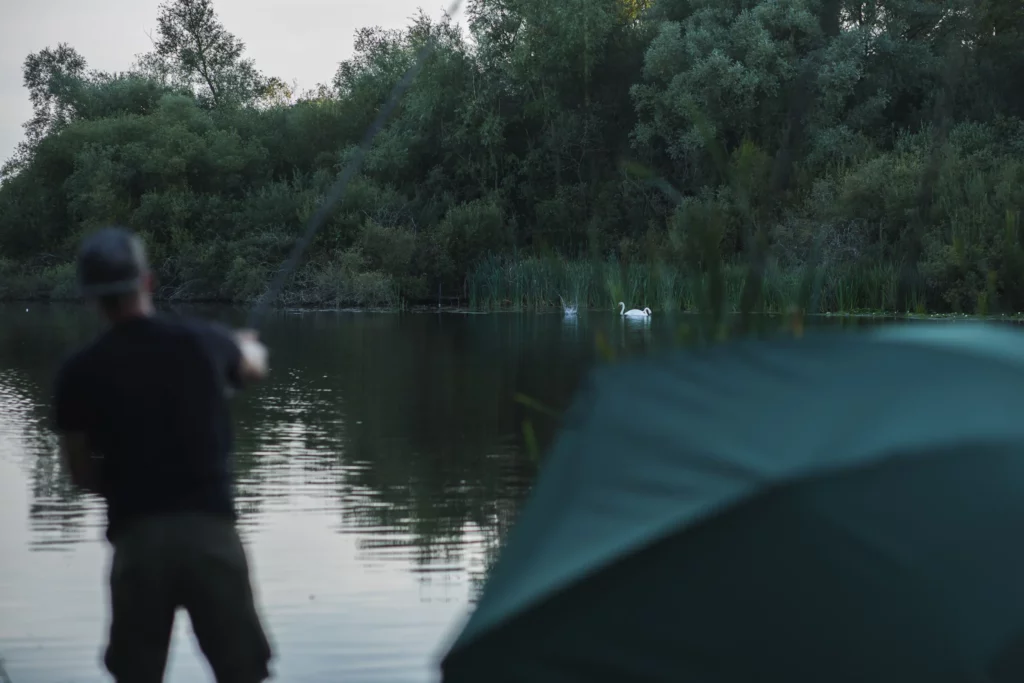 Guide to Mastering Carp Location Strategies: What should you look for?
Guide to Mastering Carp Location Strategies: What should you look for?
Carp can give themselves away in various ways, and it’s crucial to understand what to look for. The most obvious sign is a carp leaping clear of the water. It’s a sight you should constantly be on the lookout for. Despite its obviousness, I’ve witnessed people missing opportunities because they simply aren’t paying attention to the lake. Seeing one fish jump and adjusting your position can be the difference between a blank and a fantastic weekend of fishing.
Most of the time, carp aren’t that easy to find, requiring you to look for subtler signs. Keep your eyes peeled for bubbles, flat spots, murky water, and anything that seems out of place. When a carp feeds, it disturbs the lake bed, creating cloudy water, bubbles, and sometimes bits of debris. Pinpointing these signs of fish activity is the most critical job, allowing you to fish in the area with confidence.
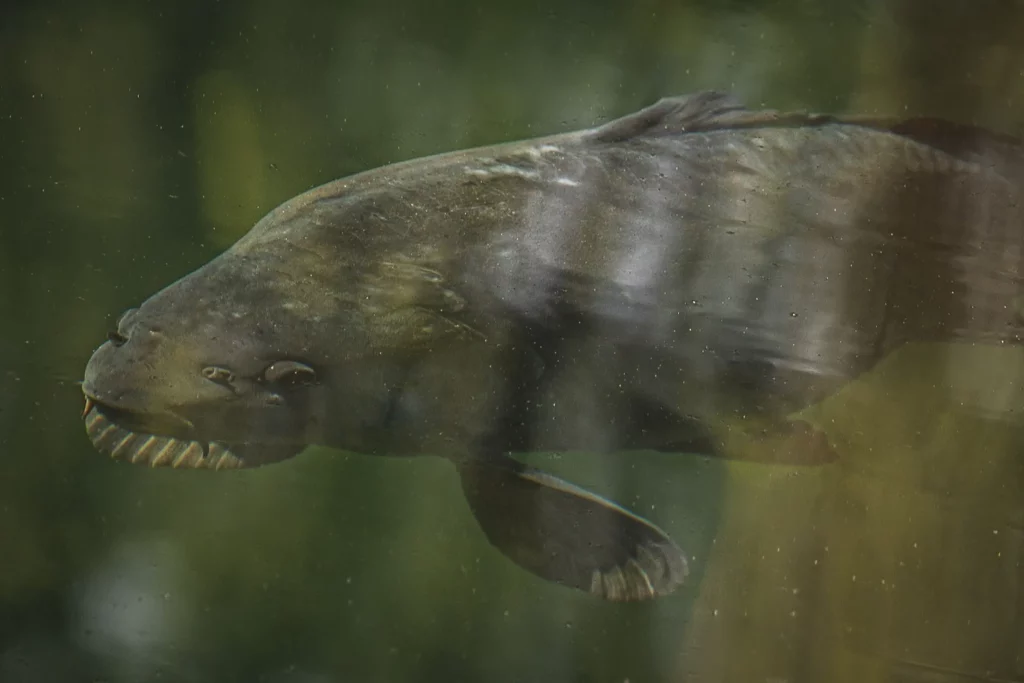 Guide to Mastering Carp Location Strategies: Let’s talk weather
Guide to Mastering Carp Location Strategies: Let’s talk weather
Weather plays a pivotal role in the carp’s location habits. Winds, in particular, can push fish into specific areas, making them either easier or harder to catch, depending on the lake’s layout. Carp love and respond to wind, even if it’s cold. It’s not necessarily about moving into the windward corner, but they almost always shift from their current position when a new wind arrives.
The direction of the wind has the most significant impact. Southwesterly winds are frequent and bring fantastic fishing weather. Overcast, mild, and windy conditions are what I consider fantastic fishing weather. Fish often follow a wind from the south, ending up in the general area that the wind is pushing into.
Westerly winds and a big pressure drop, northerly winds bringing wet but colder weather, and easterly winds, with clear skies and high pressure, are all factors to consider. Keep a close eye on the weather to understand how it affects the movement and mood of the fish.
Snags and islands are prominent features in any lake. They serve as both shelter and patrol routes for carp. When you have no other signs to go on, these are the areas to head for initially. In my experience, the leeward side of an island is preferable, offering a calm area for carp to feed comfortably.
Casting tight to island margins can be a massive advantage. Don’t be afraid to cast multiple times to a likely-looking spot, as fish will only retreat into a snag while the disturbance is happening.
About the trees
Trees offer the best vantage point for actively finding carp. Using a safe tree as a viewing point allows you to look down through the water, gaining a better picture of fish behavior. The higher you get, coupled with a good pair of polaroids, enhances your ability to make the most of the situation.
Popular swims are popular for a reason. While it’s easy to say, ‘ignore the popular swims,’ sometimes you just have to fish them if you want to succeed. However, don’t ignore less-frequented areas, as the majority of fish caught in certain swims doesn’t mean the rest of the lake is devoid of carp. If reality dictates limited access to popular swims, make a plan in a swim that gets left alone, creating a backup plan.
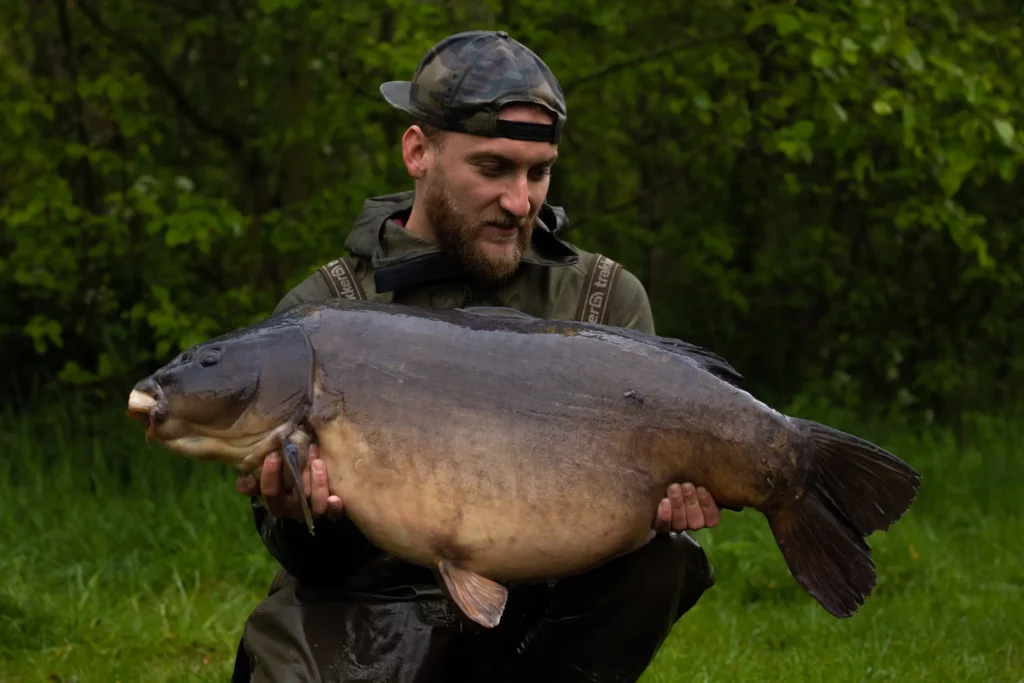 Fishing for liners might not be a tactic for finding fish initially, but once you’re confident in the area, paying attention to smaller things, like liner activity, can make a difference in hook bait placement.
Fishing for liners might not be a tactic for finding fish initially, but once you’re confident in the area, paying attention to smaller things, like liner activity, can make a difference in hook bait placement.
During a recent shoot, I considered everything I’ve shared here. I had a good look around the lake, saw nothing, so I set up on the wind.
Fishing into the lea of an island, as I hadn’t seen other signs of carp, I hadn’t received a bite after an hour or two but had experienced liners. Constant liners can indicate that you’re fishing too far out. I reeled in, repositioned my hookbaits, and received two bites within half an hour of the first recast.
Condensing a mind full of situations and conditions into an article has its challenges. There are a million and one different situations, and a slight change in one variable can make a huge difference. The moral of the story is to keep watching, keep learning, and never ignore a sign. Keep an eye on the weather and an even closer eye on what’s happening, both location and weather-wise, when others are catching from your lake.
Be lucky!

